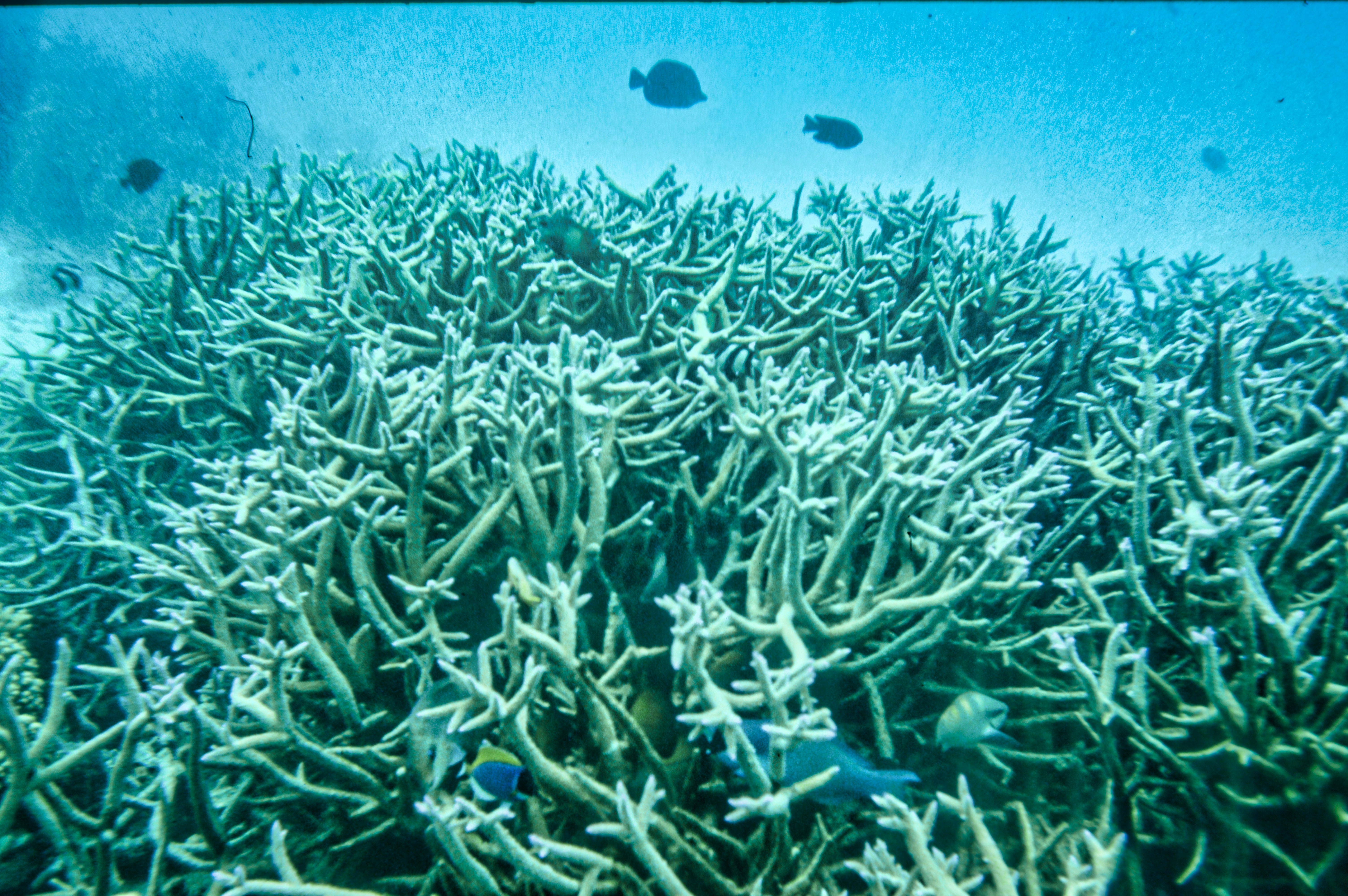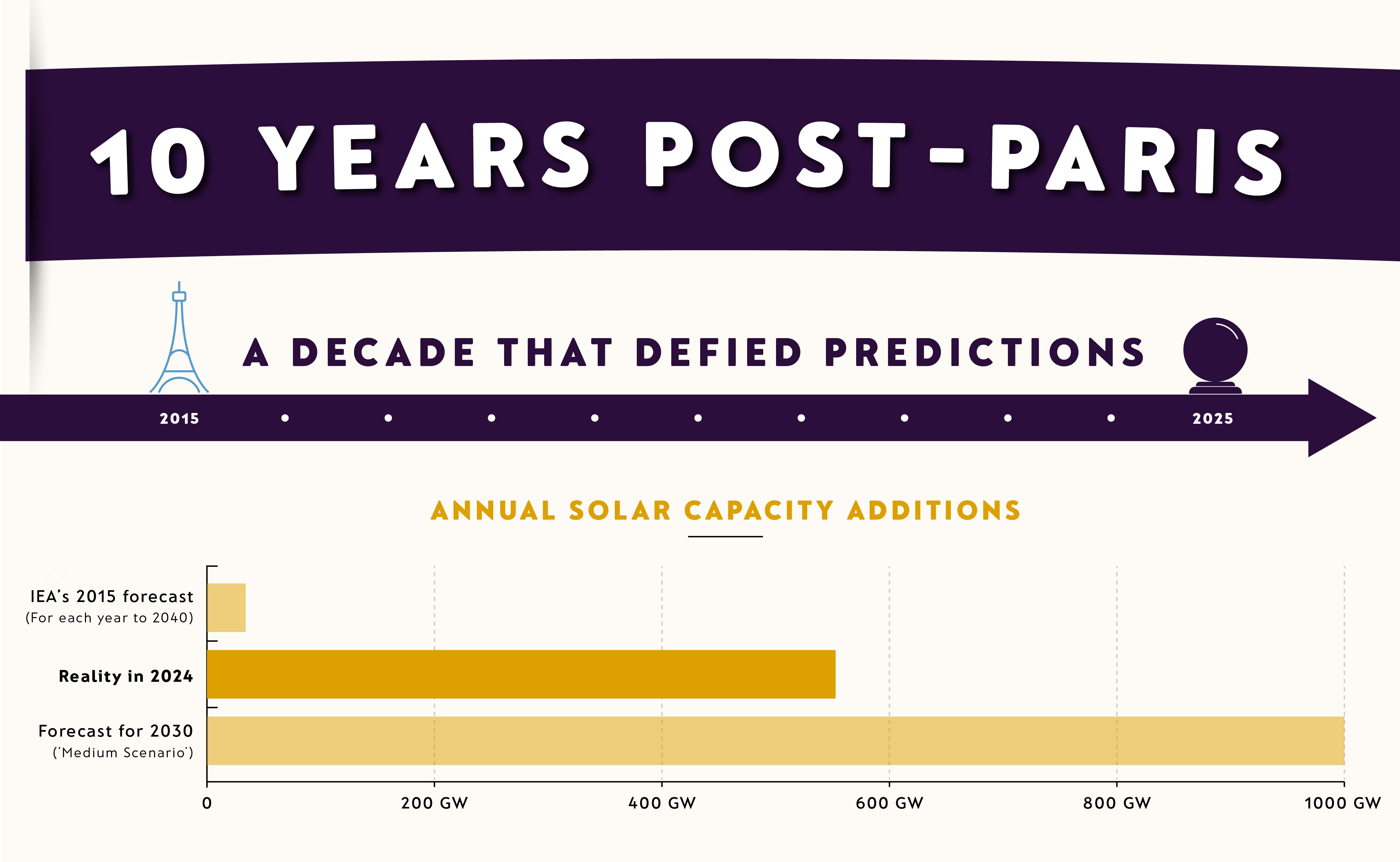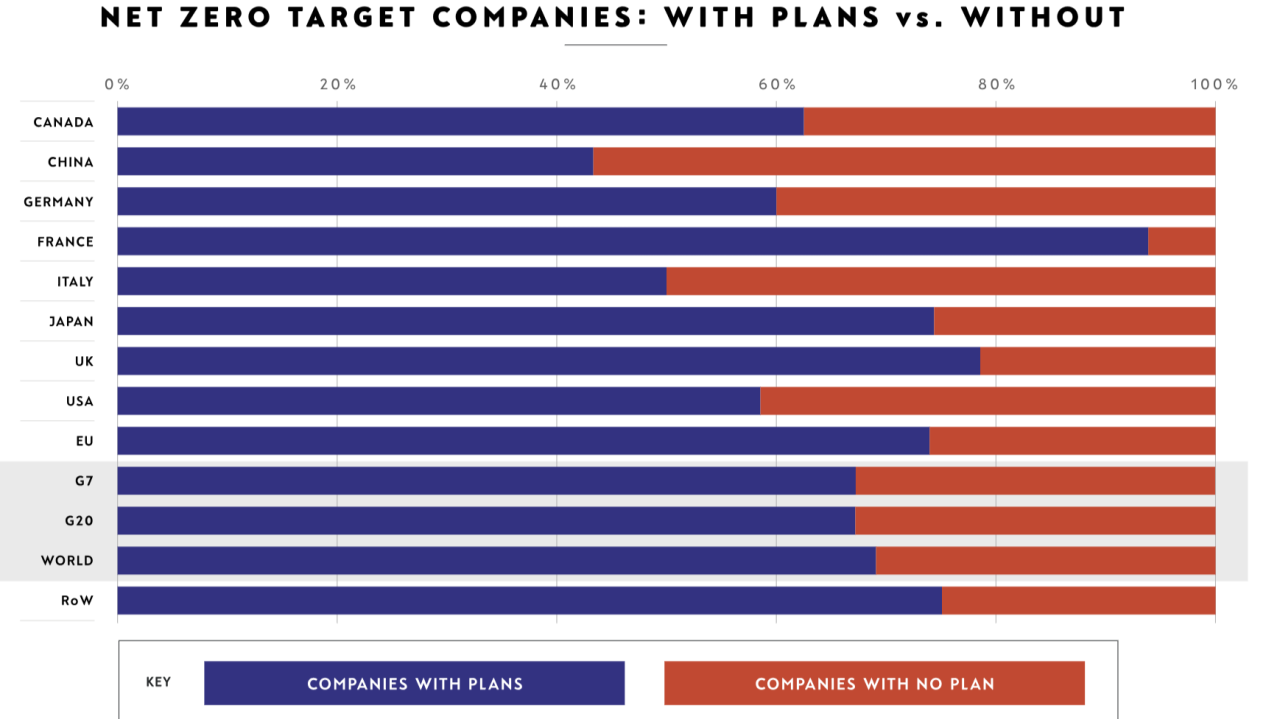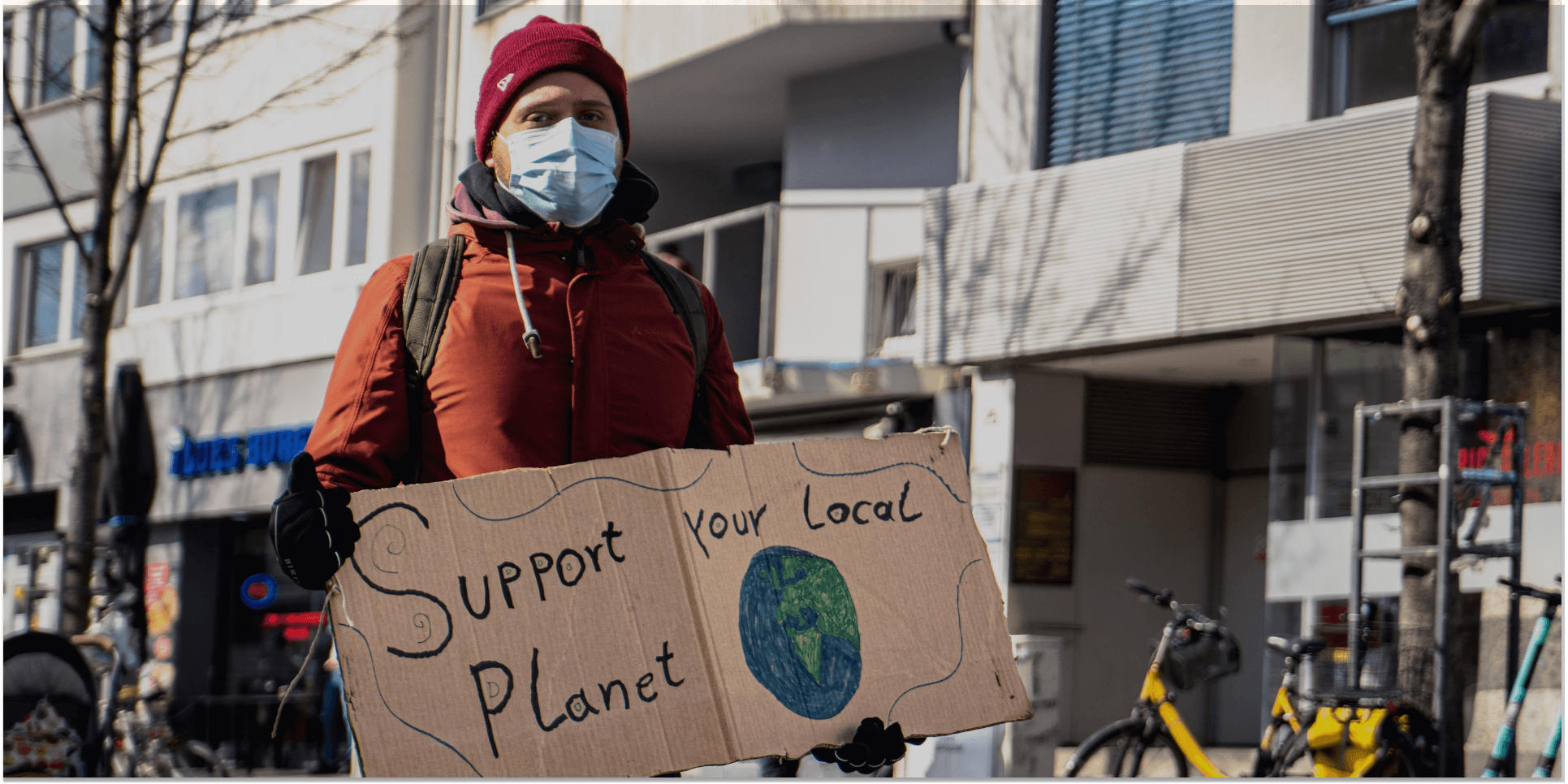
The net zero journey needs more and better

John Lang
12 years: Sustainability and Net Zero
Discover how the climate commitments of cities, states and regions across the globe are taking shape

As the climate crisis accelerates, Net Zero Stocktake 2024 has identified a commitment gap across cities, states and regions, which is holding back the necessary economy-wide transition.
The Net Zero Tracker's annual assessment of the intent and integrity of global climate commitments shows only a modest increase in net zero targets set by subnational governments (states and regions, and cities) since last year’s edition.
- Only 26% (185 of 706) of states and regions in the NZT database have net zero targets, covering a population of 2.2bn, up from 500m in 2021.
- Only 23% (271 of 1186) of major cities have targets, representing a total population of 793 million, up from 640 million in 2021.
- Most city-level net zero targets are in ‘high income’ countries (178 of 271). Only 11% of cities in lower income countries have net zero targets (93 of 842).
The initial phases of the net zero journey centred on setting national targets and on aligning companies with the Paris Agreement; today net zero targets are mainstream at the national-level and a corporate norm.
- Net zero targets set by nations represent at least 87% of global GHG emissions, 93% of global GDP and 88% of global population.
- Nearly 60% of the 1,977 publicly-listed companies that NZT tracks have set net zero targets. Weighted by revenue, 67% have set them.
Many subnational governments have significant authority to set and enforce regulations in areas such as urban planning, transport, waste management, and public health, all of which are crucial for advancing towards net zero. When these subnationals have strong net zero commitments, it sends an unequivocal signal to markets and elevates ambition at the national and the global level.
Some bright spots of progress can be seen in the subnational governments of 14 major-emitting nations. For example:
- In India, 14 of the 20 regions with a net zero target dates earlier than India’s national target of 2070. These targets should drive climate action on the ground and influence top-level ambition.
- In the US, 19 states have set net zero targets, five of which have target dates earlier than the federal government’s target for 2050. In addition to the 18 states with net zero targets, nine states have emission reduction targets of 80% for 2050.
- In Mexico, which does not have a net zero target, 11 of its 32 states have long-term climate targets, three of which are for net zero.
The report, however, calls for all cities, states and regions to translate their wide-ranging authority to establish and enforce policies and regulations into clear net zero plans.
Net zero target-setting integrity remains low - companies lead on upgrades
Our Stocktake finds an increasing number of robust non-state (regions, cities and company) net zero targets and implementation plans, but with persistent gaps - and slow progress in net zero target integrity across all non-state entity types over the last two years.
The quality of the net zero commitments, measured against minimum integrity criteria, is only met by 5%, 4%, and 3% of companies, cities, and regions, respectively. But the absolute number of companies that met all criteria increased by 62% compared with eighteen months ago.
Nine years after the Paris Agreement was agreed, 40% of subnational governments and companies have not yet taken their first steps to reduce emissions
More than 40% (1,700 / 3,870) of major subnational governments and companies are operating without any kind of emissions reduction target.
- The number of companies that do not have any emissions target reduced substantially from 734 last year to 495 — 40% of them are Chinese companies.
- Meanwhile, nearly half (48) of the world's largest 100 private companies have not set mitigation targets.
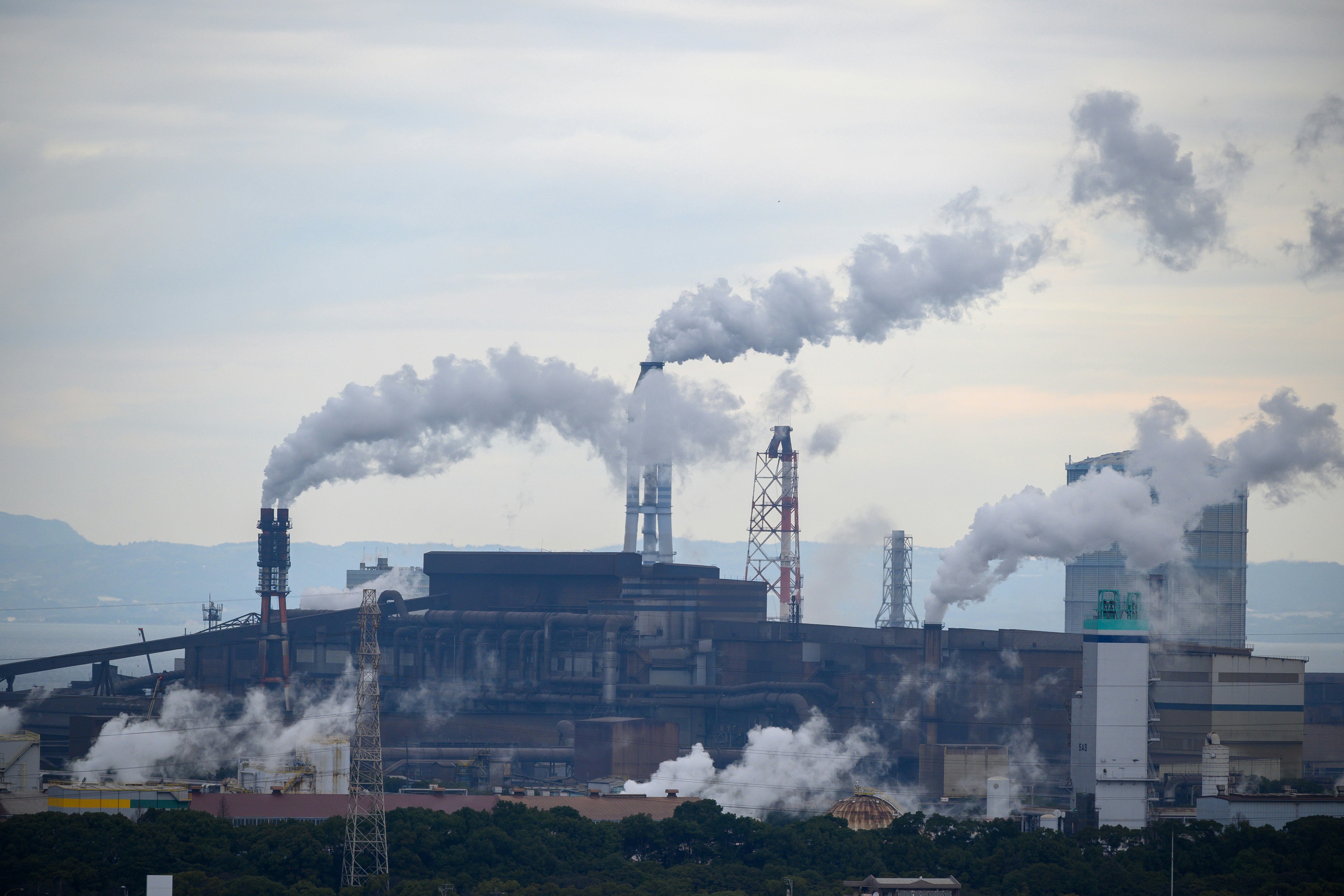
The numerous entities choosing not to participate in the global effort to combat climate change expose their home countries and global supply chains to transition risks. By encouraging and assisting companies and subnational governments to establish robust net zero targets and strategies, countries can strengthen the credibility of their own national commitments.
National net zero targets are our bridge to the clean-energy future. To maintain integrity, the chain-links inside that superstructure — the targets and plans of cities, regions and companies — must themselves have integrity. Some links are strong, others are weak, and too many are missing altogether.
We need more and better net zero targets, our only solution to stopping human-caused climate change.
About the Net Zero Stocktake analysis
The Net Zero Stocktake is the world’s most comprehensive view of whole-economy efforts toward net zero. The analysis assessed net zero commitments against integrity criteria that are recommended by the UN Expert Group, International Organization for Standardization (ISO), and the Race to Zero campaign, led by the UN Climate Change High-Level Champions. The analysis assesses the prevalence of targets and their robustness, but not implementation and progress.
Specific analysis was conducted of net zero target setting in the subnational governments of 14 major emitting nations at different stages of economic development, collectively responsible for more than three-quarters of global emissions: Australia, Brazil, Canada, China, France, Germany, India, Indonesia, Italy, Japan, Mexico, South Africa, the United Kingdom (UK), and the United States of America (USA).

John Lang
Share "The net zero journey needs more and better" on





























